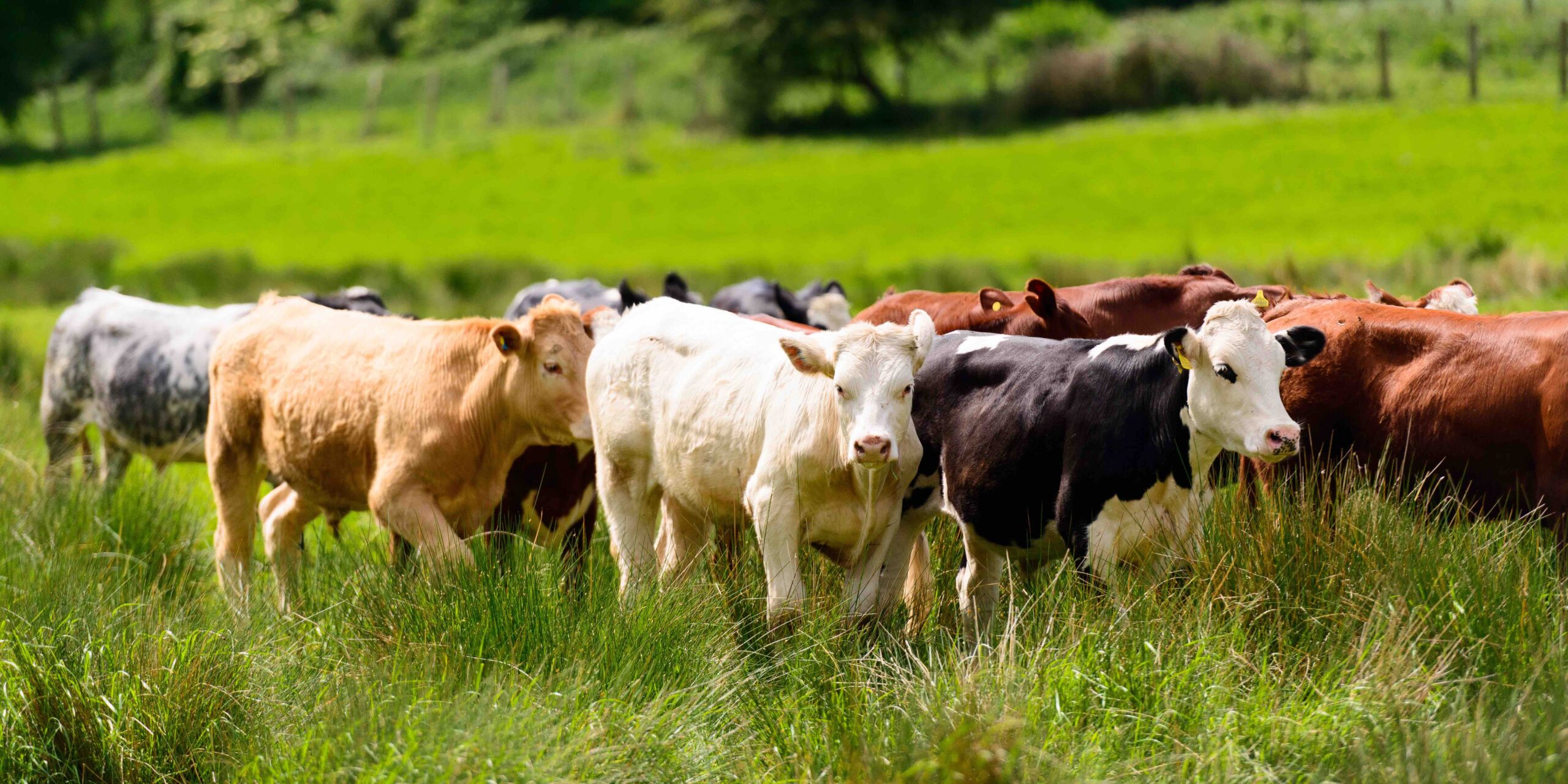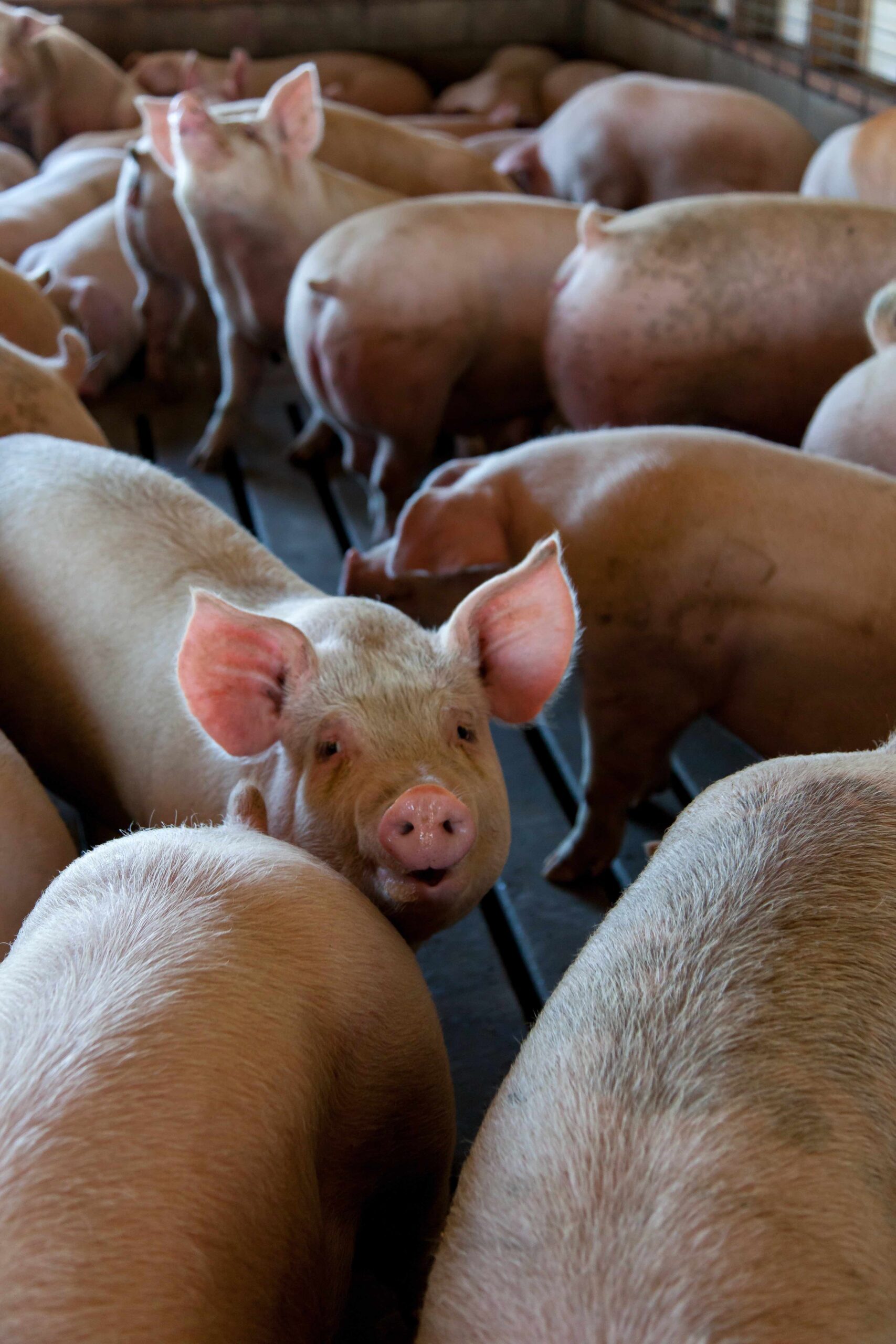Agricultural lenders listed liquidity and working capital as their top concern for producers this crop year, according to a survey conducted by the American Bankers Association and Farmer Mac last August. This is likely an indicator that lenders are seeing the outlook for lower commodity prices while at the same time retaining elevated input costs, including interest rates on operating notes. Because of the nature of agriculture, where there are months when cash outflows exceed inflows during the growing season, liquidity and working capital should be a priority every year, regardless of market outlook.
Liquidity is a producer’s ability to meet their cash financial obligations as they become due. Working capital is a measure of liquidity that measures how much current assets exceed current liabilities.
Current assets and current liabilities are found on the balance sheet. Current assets include cash and other assets that can be converted to cash relatively quickly, while current liabilities include any debts that are due within a year or less. Some examples of current assets include cash, inventories of crops, market livestock, livestock products and supplies, accounts receivables, prepaid expenses, marketable stocks and bonds, and the cash value of life insurance. All of these can be quickly converted to cash to pay any debts that come due. Current liabilities are debts or obligations that must be paid within a year’s time or less, including accounts payable to merchants and suppliers, current notes payable and the current payments required on long-term notes payable to lending institutions.
Liquidity, by definition, is related to cash flow. In agriculture, a pro forma cash flow statement is a great tool to estimate cash flows and working capital balances for the upcoming crop year, providing an idea of the approximate timing and size of inflows and outflows. Of course, it is difficult to truly predict the future. As a result, producers need to have an appropriate amount of working capital on hand to provide flexibility in meeting uncertain cash flows.
An example of this occurred during the planting season this year. The weather was unusually wet in some areas this past month, leading to saturated soils that caused seedling damage. Some producers had to make the decision to replant some of their fields. Those who had the working capital available were able to afford this unexpected cash outflow. Liquid reserves, by means of working capital, are necessary for the sustainable operation of the farm business every year.
Sources/Resources:
Fall 2023 Agricultural Lender Survey Results. (Nov 6, 2023). The American Bankers Association and Farmer Mac survey conducted August 2023. https://www.aba.com/-/media/documents/reference-and-guides/2023-ag-lending-survey-report.pdf Obtained online Jun 10, 2024.
Smith, Amanda R. “Liquidity and Working Capital a Priority.” Southern Ag Today 4(26.3). June 26, 2024. Permalink







